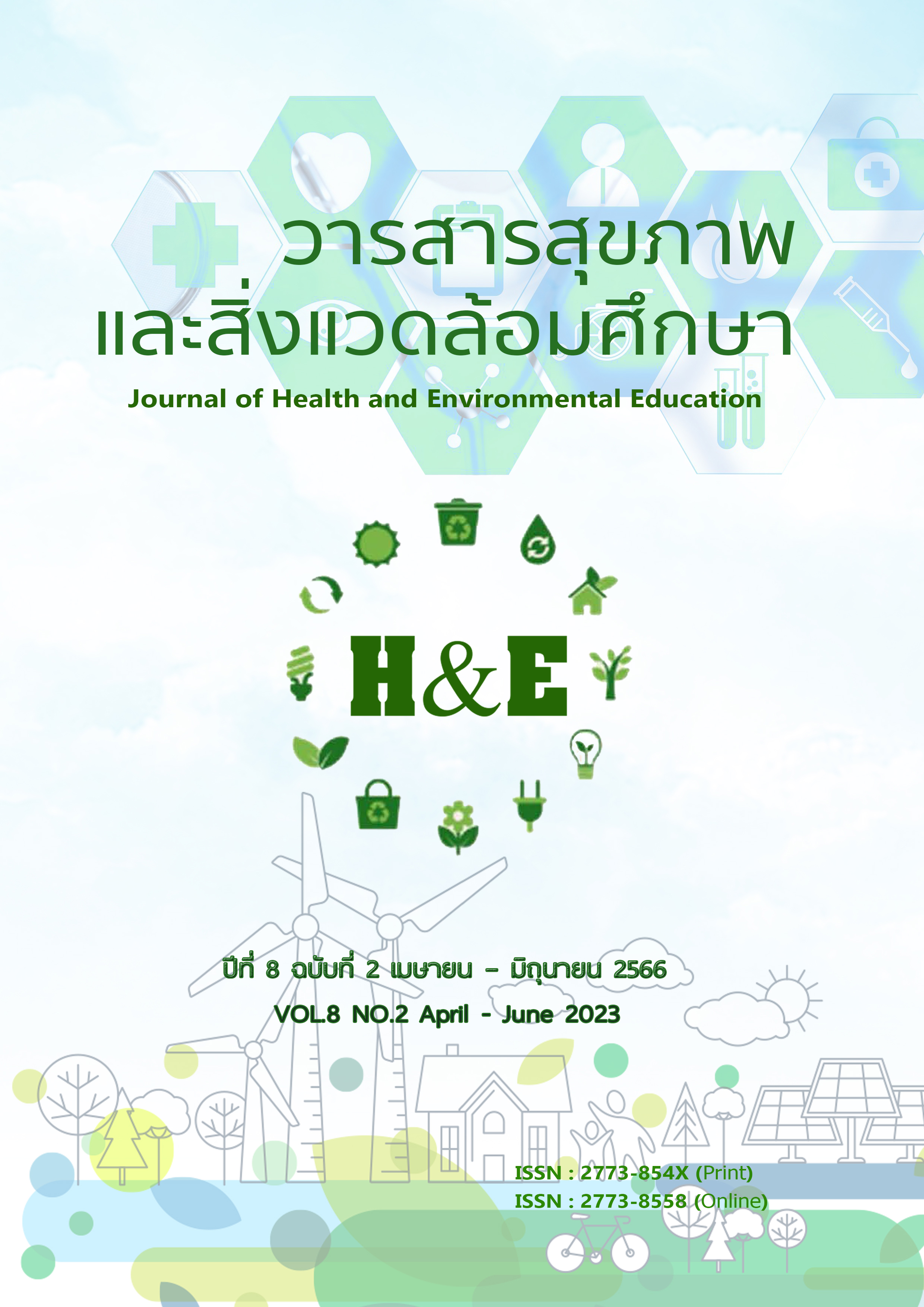The Development of Nursing Guideline for Palliative Care Patients
Keywords:
Nursing Guideline, Palliative Care, Research and DevelopmentAbstract
The purpose of this study was to develop and study the effects of a palliative nursing approach. Chukub (2000) was used as an evidence-based model as a conceptual framework. Selecting a specific sample group It is a team of 31 palliative care providers, 60 patients and their relatives who receive services at Srisangworn Sukhothai Hospital. Research period from October 2020 - March 2022. The research tools were validated by 3 experts for content validity and their reliability was calculated. The tools consist of: 1. Personal information questionnaire. 2. Palliative care outcomes scale 3. Caregivers satisfaction assessment form on the palliative care approach. 4. Nurses satisfaction assessment form on the guideline for palliative nursing. The precision was obtained using the Cronbach alpha coefficient, equal to .84, .88, .90, respectively 5. Peaceful and dignified death perception assessment form. content consistency The consistency index is 1(KR20). Quantitative data were analyzed using descriptive statistics. and test for differences using Pair t- test statistics. The results showed that The developed nursing guidelines consisted of 1) screening and provision of care information. 2) Physical, mental, emotional, social and spiritual assessment and care. 3) continuation of care at home. 4. Near-death and post-loss care
The results of using a palliative nursing approach revealed that The main disturbing symptoms were pain 57%, shortness of breath 40%. The results of palliative care before and after nursing were statistically different. (p<.05). After the loss, 87% of the relatives were aware of the peaceful, 90 % no abnormal grief and depression and graceful passing of 94% of the relatives. Caregivers were satisfied with the nursing care received and 88% of nurses were satisfied with the developed nursing guidelines.
This nursing guideline can be used in palliative care nursing.




